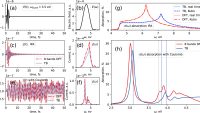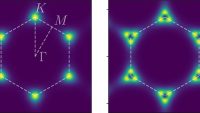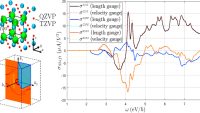
It is generally accepted that spin-dependent electron transmission may appear in chiral systems, even without magnetic components, as long as significant spin–orbit coupling is present in some of its elements. However, how this chirality-induced spin selectivity (CISS) manifests in experiments, where the system is taken out of equilibrium, is still debated. Aided by group theoretical considerations and nonequilibrium DFT-based quantum transport calculations, here we show that when spatial symmetries that forbid a finite spin polarization in equilibrium are broken, a net spin accumulation appears at finite bias in an arbitrary two-terminal nanojunction. Furthermore, when a suitably magnetized detector is introduced into the system, the net spin accumulation, in turn, translates into a finite magneto-conductance. The symmetry prerequisites are mostly analogous to those for the spin polarization at any bias with the vectorial nature given by the direction of magnetization, hence establishing an interconnection between these quantities.
visit https://pubs.acs.org/doi/full/10.1021/acs.jpclett.3c01922



